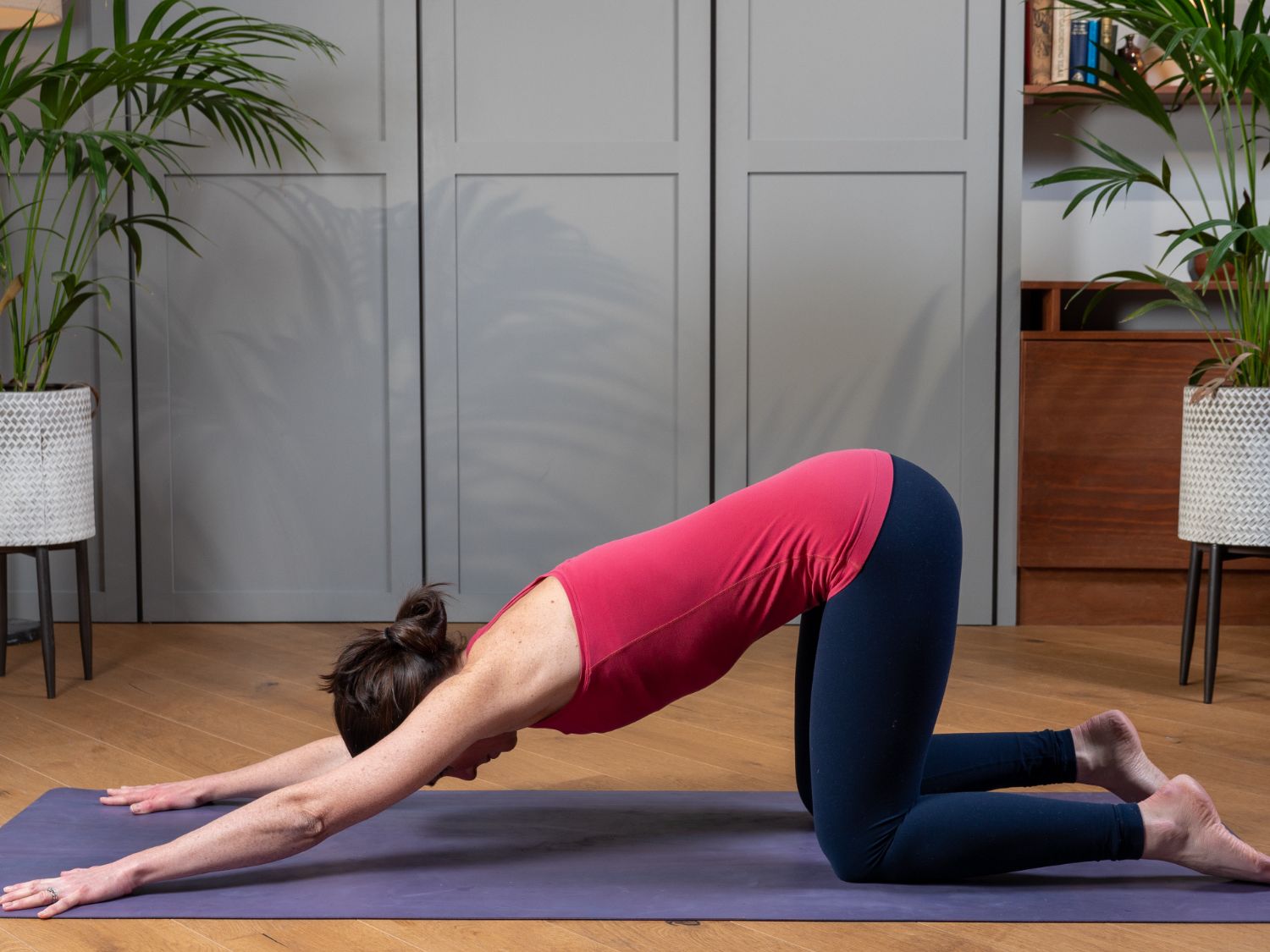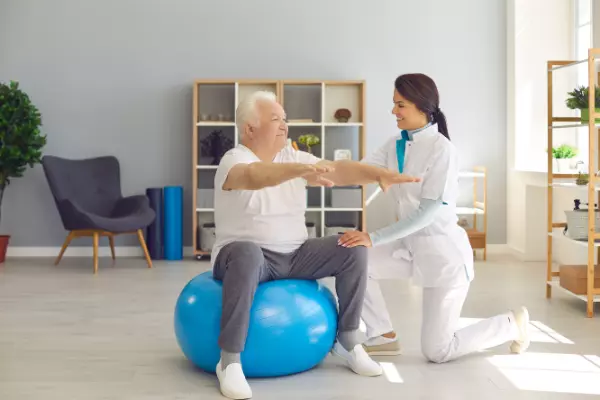Have you ever suffered from depression? Have you had a stressful event during your lifetime? Do not worry, yoga for relaxation is here to aid you. Yoga is a method of enhancing the body-mind connection, helping to achieve the balance between peace of mind and physical health. From a long-term perspective yoga practice coupled with meditation could help manage mental health issues like anxiety and depression.
Today, mental health is rapidly gaining popularity as a concern for our modern-day society. Mental and physical fitness are two elements that must be well-integrated for a well-balanced lifestyle. As as one of the most effective ways to reduce stress, yoga helps bring peace to your body and mind.
A yoga-related program can assist people of all ages to deal with difficult situations and come out of the negative situations with a positive attitude. Yoga is an effective tool to develop one’s character and helps prepare young people for the challenges of life. Early in childhood, Yoga helps students improve the ability to cope with stress, mood and self-control over their stress and emotions.
Yoga for restorative purposes is safer than other types of exercise and is considered to be safe in those who are who are recovering from surgery. It helps by stimulating the body’s natural processes of recuperation to heal and heal damaged organs and tissues digestion, as well as sleep.
The following yoga exercises are gentle and safe for a majority of people. However in case you’re recovering from injuries it’s best to talk with a physician and seek approval prior to starting on a yoga routine.
Table of Contents
A rhythmic breathing
The rhythmic breathing technique is a powerful aid in recovering. By taking only 90 seconds of slow breathing, it is possible to stabilize one’s heart rate and, consequently, increase blood pressure. This also helps to stimulate different aspects of your nervous, circulatory and endocrine systems, which encourage relaxation and rejuvenation.
In order to achieve the correct diaphragmatic breathing One should pay attention on the smallest areas of the lungs as well as the movements of the lower ribs. Inhaling deeply the ribs of your lower part rotate and expand outward. This is then inwards that moves in and out as you exhale fully.
Relaxation of the muscles
You can do this exercise wherever – whether sitting, standing in a chair, or lying down. The aim is to induce a state of calmness in your body through alternating tensioning the various areas. This creates awareness and connection to the entire body and diaphragmatic breathing is a great way to assist in the workout.
Inhale and shut your eyes tightly while clenching your teeth to strengthen your jaw. Make sure you take an inhalation that is deep, expanding every ribcage part. Be sure to hold your breath and create tension in your upper back, chest, and neck. Make fists with your hands and tensing the muscles in your arms. Engage the muscles on your pelvic floor and bottom and tighten your abdominal muscles.
Exhale completely and let go of the tension while doing so. Keep your eyes closed and relax your face, loosening the tension in your jaw and tongue.
Legs towards the wall
The posture of “Viparita Karani” or Legs-up the-wall pose is arguably the most well-known and well-loved among yoga poses for restorative purposes.
To do this to do this, lie in a seated position with your left hip and shoulder a few inches away from the wall. Lower your left shoulder towards the floor, so that your head and back are resting on the floor while you swing your legs in a downward direction towards the wall. If you have difficulty straightening your legs up, you can alter the posture by bent knees and putting upon a stool, or a seat.
Fish pose supported by a supporter
Begin by lying on your back and use a huge cushion or pillow to help support your upper body towards the sky. It is important to ensure that the entire upper back neck, shoulders, neck, and head are over the lower body when you are in this posture. Straighten your legs out. For those who suffer from lower back discomfort you can extend your knees. Spread your arms to the sides while keeping your palms open to feel a warm and welcoming feeling. This posture helps to open the neck, chest, and shoulders, which helps release tension. Be gentle and you must always be listening the body.
The gentle postures and exercises could provide you with many benefits. In fact, you could be inspired to dig deeper into your yoga practice. You can start by joining a local yoga studio, or by going to the Yoga retreat to Bali.
Advantages of Regular Yoga Practice
While the majority of physical exercises focus on muscles, yoga can improve the brain’s health as well. Regular yoga practice requires lots of concentration and strength that helps to develop the skill of controlling the self. Regular yoga practice can aid in controlling emotional behavior, that can lead to better concentration and attention.
Physical fitness that is required to keep energy levels up throughout the day is achievable through regular yoga practice. Not only can yoga help you to relax, it also helps improve the brain’s functioning, which enhances focus and the ability to hold information.
To fully reap the benefits of yoga teacher training it is necessary to practice regularly as well as a sharp focus and a multi-disciplinary approach. An approach that is playful to yoga is advised to keep monotony at low. Regular yoga sessions can help reduce stress and anxiety levels in people, paving the way for a happier and healthier life.




